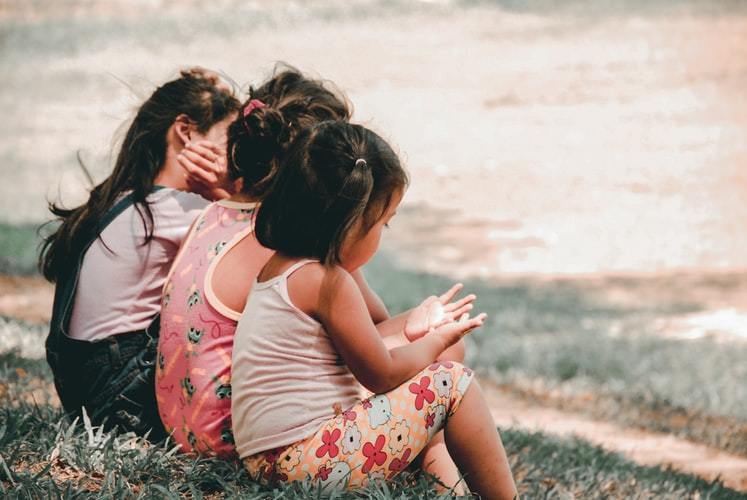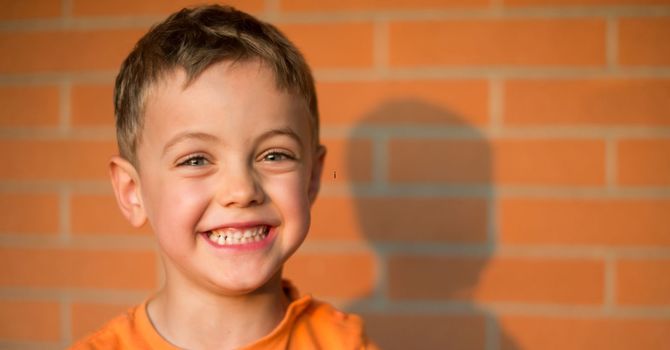
Siblings fight. In fact, 2 to 4 year olds will experience about seven to eight disputes per hour. 3 to 9 year old siblings fight just as much, but now, their fights last longer (about 45 seconds per dispute). Feeling exhausted yet? Wait…research has also noted that how your kids get along when they are young is also likely how they will get along when they are adolescents. Yikes!
We know parenting is not for the faint of heart and if you are still reading this, you’re game to learn new tools to teach your children TODAY how to fight fair and, more importantly, learn how to like being together. As a parent you want your children to really enjoy each other because likely, it is their sibling relationships that will be the longest lasting relationships of their entire lives.
That is where the work of Kramer and Gottman (1992) takes centre stage. They conducted a really “cool” coding system that measures sibling relationship quality in terms of the percentage of positive social interactions between siblings. They followed families from the moment the second child was born into the family until the point the eldest child was in their late teens.
What their research pointed out was that the absence of conflict between siblings was NOT a guarantee that they would have a positive, engaged relationship with each other. In fact, Dr. Kramer discovered that in many of the sibling intervention programs out there that she reviewed, the results showed that yes, you could teach brothers and sisters to fight less, but that did not mean they would spontaneously engage in more positive interactions with each other. Instead, researchers now wonder if what ends up happening is that siblings simply learn to avoid each other – sure, conflict goes down, but so does their closeness to each other.
So if we want to make our kids “fall in love” with each other, what are we supposed to focus on?
Step #1: The answer starts with what we psychologists like to call “positive engagement.”
- Maintaining connected play interactions and communications (what I say or do next links back to what my sibling just said or did)
- Fantasy play engagement (brother and sister can be pirates and mermaids in the same story line)
- Positive emotional climate (I am having fun, my sibling is having fun)
- Conflict management (we are learning how to constructively solve problems together)
Take Action - So this month, turn off the TV and shut down the game console and pull out the dress-up clothes. Help your children have fun with each other through imaginative play!
Step #2: The next step is simple…have your kids fight in front of you!
You are smiling right now aren’t you? This step won’t be hard to do at all! But bear with me as I walk you through the research on why kids need to fight in the presence of adults.
Researcher, Judy Dunn, has spent her career tracking sibling relationships and she has dispelled the myth that sibling relationships are all about rivalry or conflict.
Instead, the problem parents are facing is what Judy terms “ambivalence” – rapid shifts between instances of conflict, teasing, and threats, and instances of shared laughter, affection and pride, often with a “devastating lack of inhibition” (Dunn, 1985, p.1).
This roller-coaster interchange of intense positive and negative emotions is at the heart of sibling relationships and one most of us can remember from our childhood or are witnessing between our children day in and day out.
Well, you might think the answer is to wipe out the negative interchanges…no more conflict, teasing, taunting and threats. Yet, the reality is that conflict is the necessary breeding ground for developing new skills. We each need the experience of conflict to learn how to assert ourselves, seek a quiet place to calm down when we are angry, or have fun with someone rather than at their expense.
Take Action -So this month, pick one conflict per day (the easy part as there will be many to choose from J) and ask yourself these questions:
- What does each child want?
- What did they do to try and get what they wanted?
- Is there a skill I could teach them (over time) that could help them get what they want in a more appropriate way?
- What small step could I teach them today to move them towards building this new skill?
In the end, this social coaching from us as parents is what will lay the foundation for better relationships between our kids. And, thankfully, this will result in less involvement from us over time in refereeing the crazy downward plunge of our kids rollercoaster relationship.
For those of you who are hungry for more ideas on how to handle sibling fights AND build the foundation of enjoyment between your children, come be a part of our More Fun With Sisters and Brothers camp running October 1st, October 15th, October 29th, and November 5th, 2011.
Kimberly is the Founder and Executive Director of Eckert Psychology & Education Centre. In her role as a Registered Psychologist, Kimberly provides psychoeducational assessment, counseling, and parent education services at Eckert Centre. Kimberly makes a unique contribution to the Centre through her skills in parent-child attachment, her parent education seminars, including facilitation of our Club Mom groups, and her passion and expertise in working with families who have a child with special needs.
Reference:
Kramer, L. (2010). The Essential Ingredients of Successful Sibling Relationships: An Emerging Framework for Advancing Theory and Practice. Child Development Perspectives, Volume 4, Number 2, Pages 80-86.





